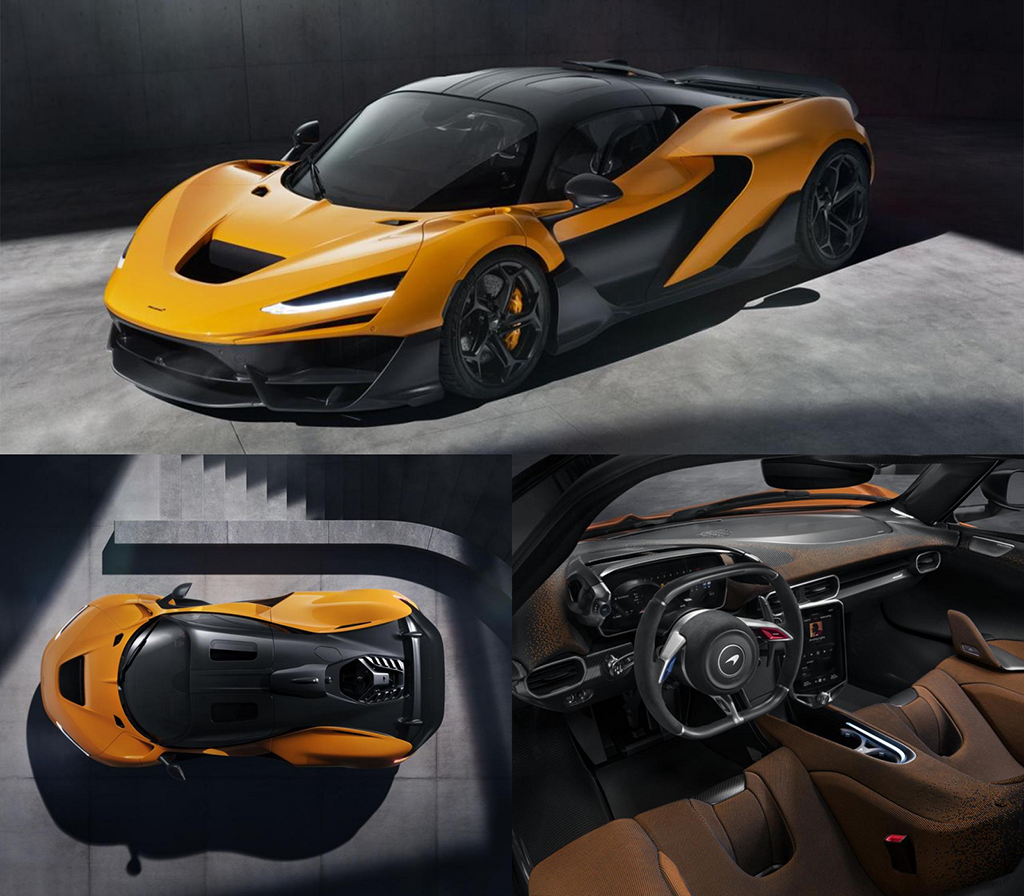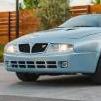McLaren W1 2025
McLaren W1 2025
14 voti
-
1. Le valutazioni di Autopareri
-
Eccellente1
-
Buono4
-
Sufficiente3
-
Mediocre2
-
Insufficiente4
-
-
2. Le valutazioni di Autopareri "fuori dai denti"
-
Sindrome di Stendhal2
-
'Na merda!12
-
- Si prega di accedere o registrarsi per votare a questo sondaggio.
-
Contenuti simili
-
Subaru - Strong Hybrid 2024 1 2 3
Pubblicato da J-Gian,
- crosstrek 2023
- subaru tecnologia
- (e 5 altri in più)
- 22 risposte
- 4869 visite
-
- 42 risposte
- 11276 visite
-
Red Bull Advanced Technologies RB17 Hypercar 2026 1 2
Pubblicato da Jonathan19,
- 14 risposte
- 2396 visite
-
-
-



.thumb.jpg.902d2a4f20a129e92b6f6920407b81bd.jpg)



















Messaggi Raccomandati:
Crea un account o accedi per lasciare un commento
Devi essere iscritto per commentare e visualizzare le sezioni protette!
Crea un account
Iscriviti nella nostra community. È facile!
Registra un nuovo accountAccedi
Sei già registrato? Accedi qui.
Accedi Ora